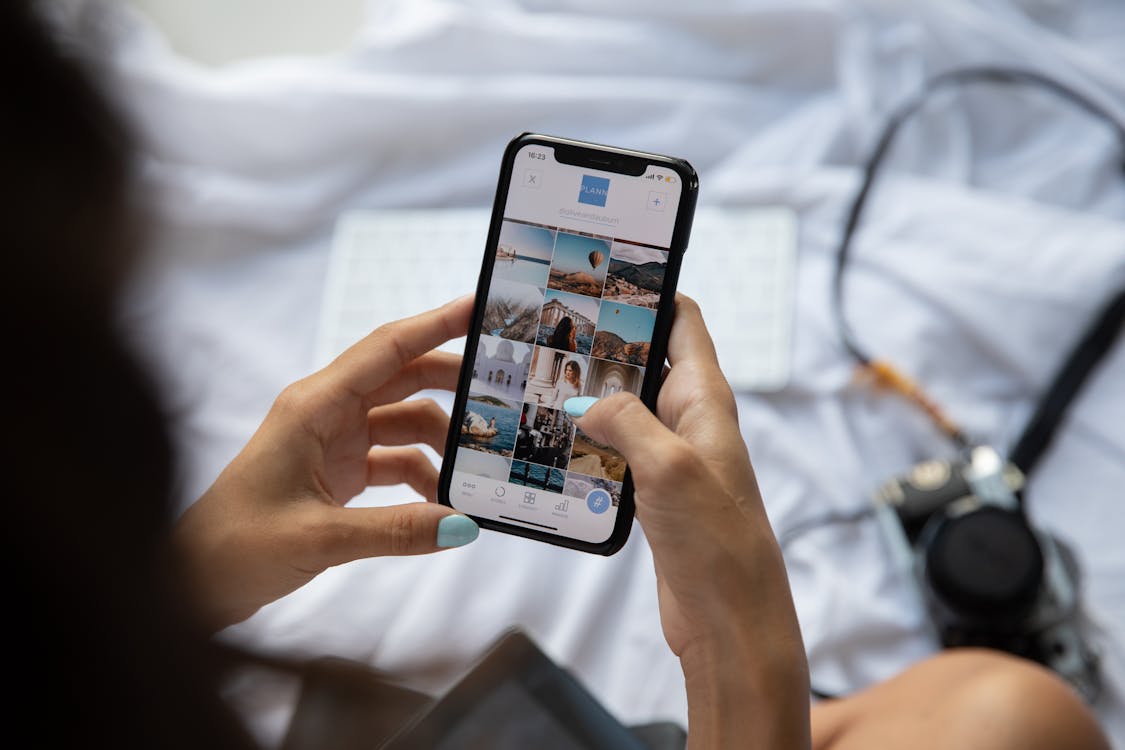We come across various forms of Visual Communication as we go about our daily lives, from drawings, videos, and graphic illustrations we see on social media platforms and websites, to TV advertisements, billboards, signposts, and road signs. Whichever form the visual may take, its function is always to act as an appealing and interactive form of communication. In Marketing Communications, companies favour using visual communication materials for advertisements, marketing campaigns, and digital marketing purposes, as they are more effective in getting target audiences’ attention than other methods, such as auditory advertisement. Visual communication has also been proven effective for workplace purposes such as in presentations, conferences, and seminars.
What is Visual Communication?
Visual communication is the use of graphical representation of information to efficiently and effectively create meaning. It functions to capture informative, entertaining, educational, and thought-provoking ideas through visual elements. Forms of visual communication include infographics, images, videos, animations, graphs, charts, typography, slide shows, diagrams, among others.
As effective as this form of communication is, downsides could surface when shabbily thought-out and designed visual elements are used to represent ideas. Also, irrelevant graphic information added to the mix can cause confusion rather than provide clarity. In addition, overly-exaggerated visuals can take away from the idea in focus and distort understanding. In scenarios like these, the audience might lose interest in engaging, which defeats the purpose of this form of communication.
Importance of Visual Communication
The use of visual communication in different spheres is of the utmost importance because the idea behind a message can easily be lost through text and speech, especially when they are lengthy. However, visual communication helps to simplify ideas when working with any type of information. Below are some reasons why this form of communication is vital.
1. Convey Clearer Messages
People relate more easily to information created in either visual forms or which have visual elements embedded. This form of communication fosters idea clarity and enables faster information processing and comprehension. As the popular saying goes, a picture is worth a thousand words; visual communications capture the essence of an idea or a message more concisely.

2. Capture and Retain Audience Attention
There is something about visuals that excites the mind. The target audience is more likely to pay close attention to information when presented to them in the form of images, videos, charts, diagrams, and animations. Most target audiences, especially in the digital space, have a short attention span. As a result, strictly text-based content is usually skimmed through or overlooked, and their message is missed.
3. Relay Messages More Quickly
Visual elements can pass across messages that will be understood and digested faster. Imagine driving, and all the road signs were written out in text rather than symbols, how long would it take you and other drivers to read those signs, understand their purposes and proceed with your commute? This is just one of the many instances where visual elements are better suited for conveying messages compared to other forms of communication.

4. Trigger the Expected Audience Engagement
Quite often, when we convey ideas, we expect feedback and engagements from the receiver(s). However, slow feedback and limited positive engagement is possible when messages aren’t delivered in an easy-to-understand mode of communication. Imagine being in a meeting where a colleague presents a statistical report without graphs or charts to classify figures; chances are you would leave the meeting more confused and barely remember the important takeaways from the report. Also, the conversation would be less productive, steering more towards clarification, rather than the expressing of opinions.

Visual communication facilitates quicker audience engagement because people are more likely to grasp the message with less effort. People are more likely to take a second look at images or videos and respond to them quicker than text-filled communication materials. According to statistics, articles that include images generate 650% higher engagement than solely text-based content.
5. Aids Easy Remembrance
Visual elements help paint mental pictures, which are easier to remember than a spoken or written conversation. Statistics have revealed that our brain processes image 60,000 times faster than text. We experience this in our daily lives as we most often remember images we see and the videos we watch better than the things we read or hear.
6. Visual Communication is the ‘Present’ and ‘future of Marketing Communications.
The following are some broad statistics regarding the effectiveness of visual communication, in comparison to other forms of communication:
- 91% of consumers prefer visual content over other forms of content.
- 94% of first impressions of a company’s brand and services will be based on some form of visual communication.
- On the average, articles with images get 94% more views than plain text articles.
- Today’s audience will only read 20% of the text put in front of them if it is 600+ words.
- People usually look at the headlines and their associated images to decide if the written piece is worth reading.
Three DOs of Visual Communication
- Quality trumps quantity every time. Keep it simple but tasteful.
- Make content easy to digest, focus on appealing visuals.
- Broad ideas are very good; it allows individuals to come to their own conclusions.
Three DON’Ts of Visual Communication
- Do not make your visuals too wordy. To check this, try seeing if your visuals still make some sense when you remove the text.
- Having too much stock/generic imagery; using your own unique images will attract more people.
- Having a cluttered design! Avoid overusing visual elements, or their impact and ability to get across key points will be reduced.
Even in its simplest form, visual communication brings ideas to life faster and more dynamically. We continuously witness this as we encounter different communication materials as we go about our day-to-day businesses. If you pay closer attention, you might be surprised at how much of a difference this tool makes in your communication endeavours.
Enjoyed this article? Visit the 4P Academy Blog for more informative pieces on a variety of fascinating topics.

